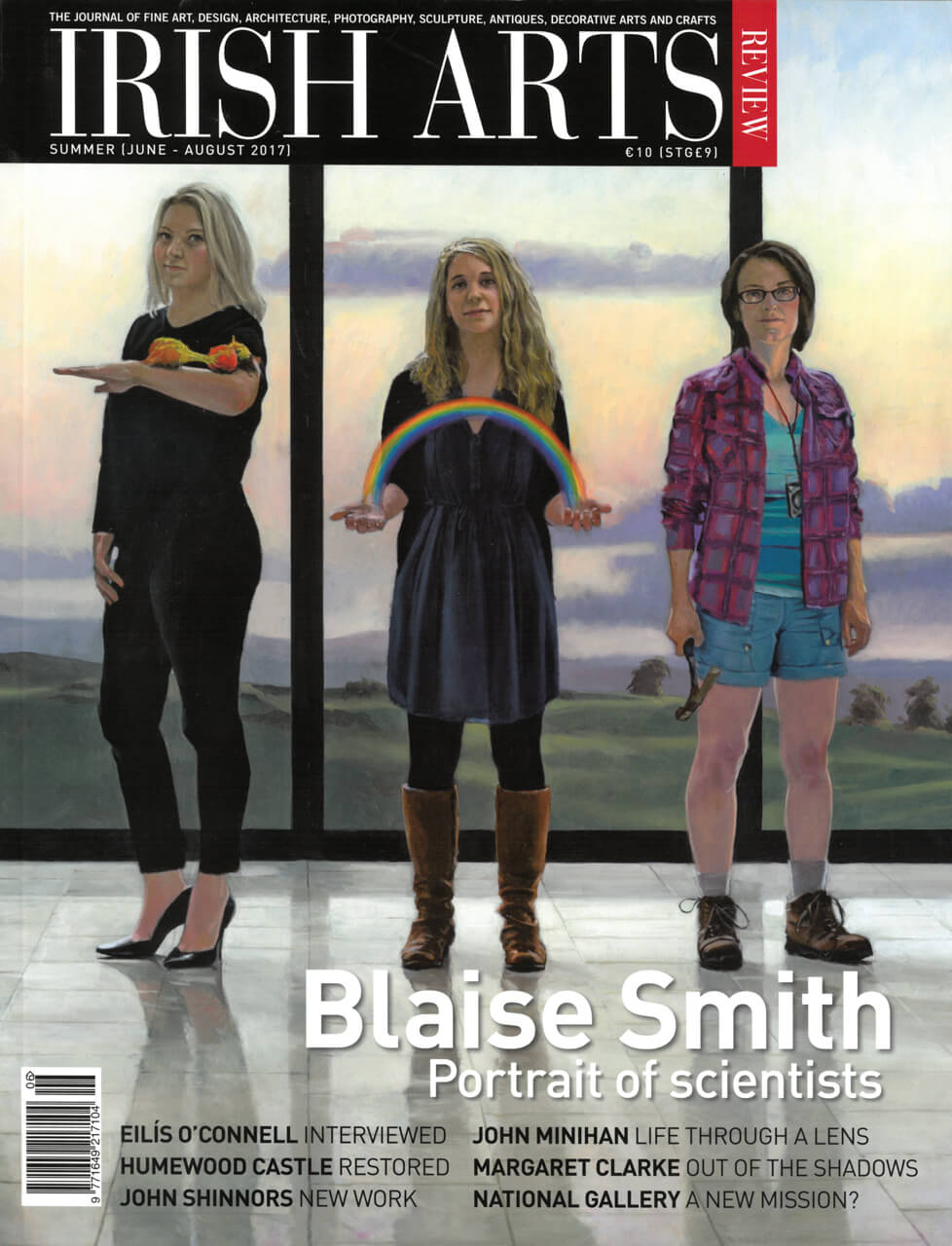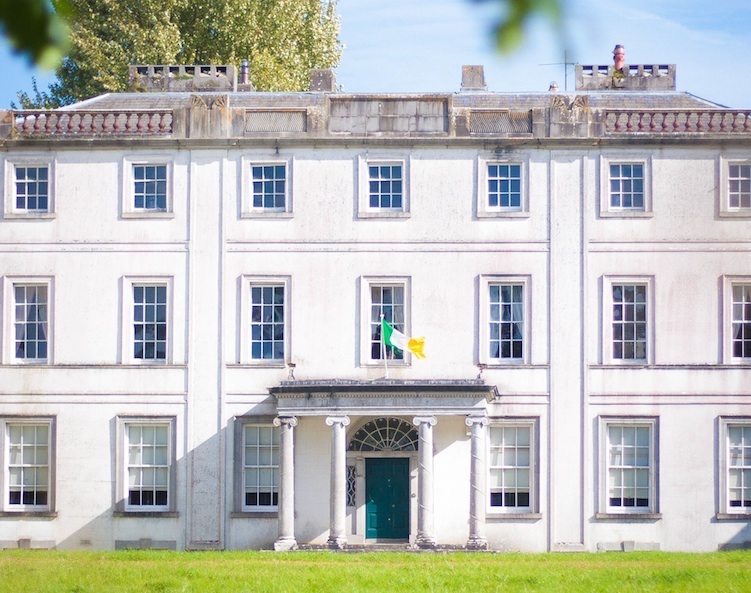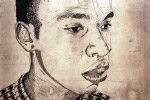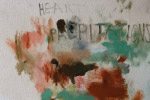
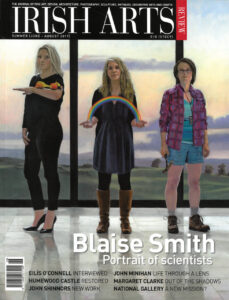
Gerry Walker follows the progress of award-winning graduate Julia Dubsky as she prepares for an exhibition in Dublin based on a year of exploration abroad.
Julia Dubsky graduated in the top tier of her class at the National Collge of Art and Design (NCAD) Dublin in June 2016. She was awarded a Commended First in Fine Art and Visual Culture. Her BA thesis, which was entitled ‘Evaluative Judgement in Art Criticism and Art Practice’, reflects her interest in parallel theoretical pursuits.
Dubsky’s graduate paintings presented a direct but tentative explorations of materials and emotions that owed a minor debt to the field of abstract expressionism. Her starting point was a feeling for play and curiosity about spontaneous mark-making. She has an abiding preoccupation with the practice of painting per se, essentially maintaining the view that painting is its own subject matter. This is not to suggest that the images are randomized contrivances. They are thoughtful, instructive explorative outcomes in terms of medium and process.
Since graduation Dubsky has been exhibiting her work both in Ireland and Germany, has collected a number of awards, including travel bursaries for residencies in Austria and Romania, and has been collected by the OPW for the Irish State Collection. She features in the Irish Arts Review New Generation Artists Online Gallery.
Currently Dubsky is working in Germany at the HB55 Kunstfabrik Centre a studio facility in the former East Berlin location of Herzbergstrasse. This is a collaborative hub which provides interactive and private occasional spaces for visual artists, musicians and performers.
Currently Dubsky favours working in series, often on a number of canvases simultaneously in order to allow for creative interaction and connectivity. Self-imposed parameters of scale and dimension also allows for an exploration of the distinctive characteristics of easel painting versus action floor painting. It accentuates a discussion reminiscent of Cézanne which asserted the primacy of the painting as an object. Easel painting facilitates illusionistic tendencies whereas for Dubsky the very act of placing the canvas on a floor to work on it reinforces its objective characteristics, and establishes a creative tension which alters the final experience entirely.
She retains a fascination – a borderline obsession some might say, with the medium specificities of painting. Horizon lines, vanishing points, hues, tones, transparencies, wet and dry brushmarks, and same colour variables are all thoughtfully weighed and balanced. Her preferred distinction between Titanium white and Zinc white is very nuanced indeed.
Dubsky cites a number of artists who have had some influence on her work, principally Monika Baer, the German surrealist, Amy Sillman, an American who works in mixed media and most intriguingly, the Russian Serge Charcoune who was a highly thoughtful and individualistic artist whose work simply defies classification. Unsurprisingly her taste in music which ranges from Stevie Wonder to Philip Glass, is also relevant when one considers the structured passages and movements within her overall compositions. This music/painterly nexus has been a shared characteristic of many lyrical colourists throughout the history of painting. In terms of her cultural sources Dubsky is very much an eclecticist who is very keyed into a contemporary zeitgeist.
In February of this year it was announced by Temple Bar Galleries in Dublin in an adjudication by a five-person panel that Dubsky has been awarded a Recent Graduate Residency to support her continuing development within a creative community. This opportunity comes with a studio for one year, a stipend and a travel bursary plus a number of additional professional supports. It is an indication of the high regard in which she is held. As a thoughtful engaged painter Dubsky is emphatically in the forefront of the recurring debate about the relevance of painting today. There is a reductive view that painting is now merely a decorative relatively arcane pursuit and is irrelevant to contemporary cultural discourse having been supplanted by more responsive, innovative and versatile media. Julia Dubsky takes the view that the need to question what it means to ‘think through’ and probe the qualities of struggle and negotiation in painting remains essential, and may in turn reflect a discourse that is relevant to wider society and life.
Julia Dubsky ‘Paintings’ Temple Bar Galleries 25 August – 2 September 2017.
Gerry Walker is an art critic and a regular contributor to the Irish Arts Review.
